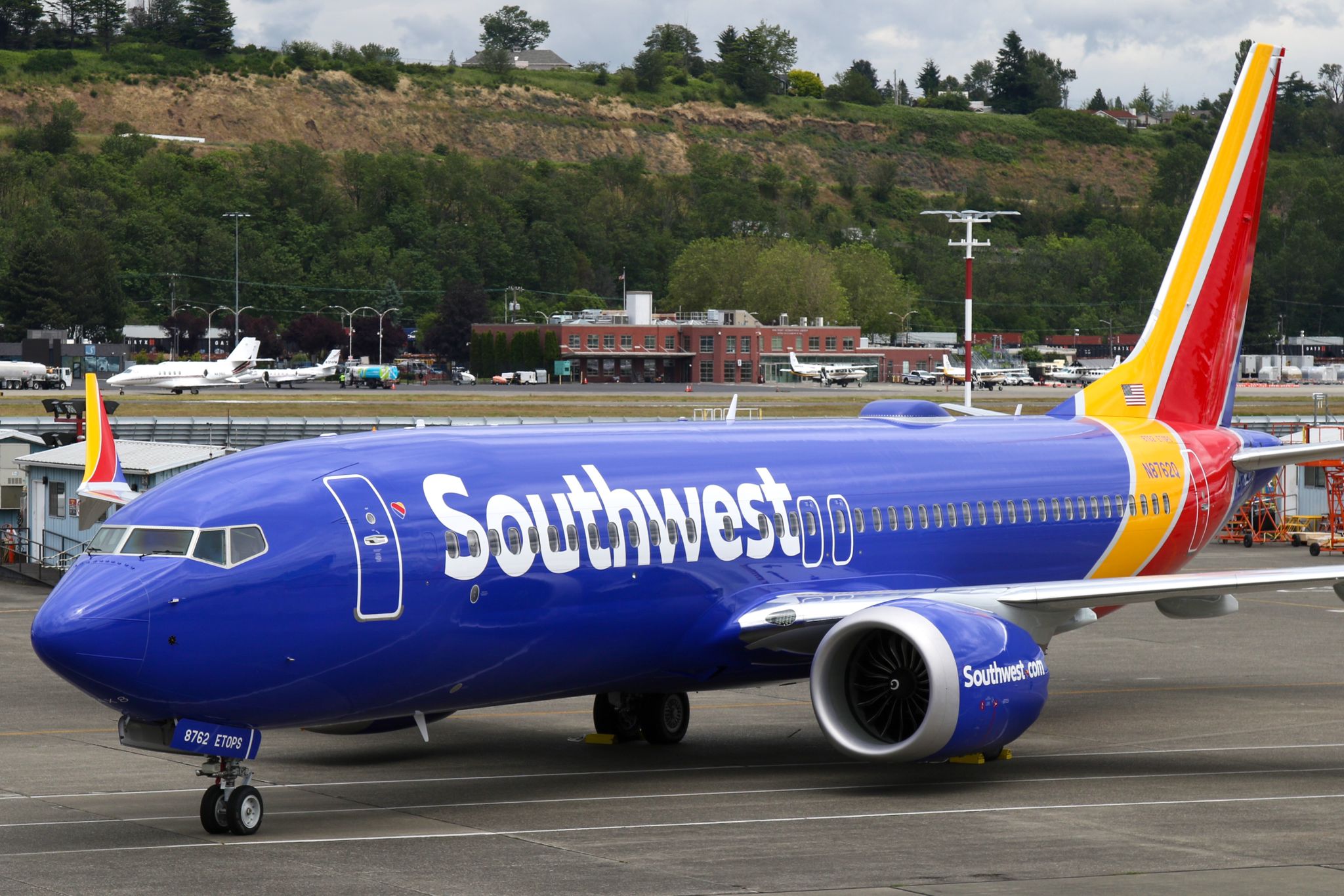
Federal authorities and Boeing are investigating a rare incident involving a Southwest Airlines Boeing 737 MAX 8 registered N8825Q, which experienced a “Dutch roll” during flight WN746 between Phoenix and Oakland on May 25. The aircraft oscillated in a back-and-forth motion, where the nose of the plane made a figure 8 pattern.
There were no injuries among the 175 passengers and six crew members, and the crew managed to regain control, safely landing the plane in Oakland, California. However, the aircraft sustained substantial damage, particularly to the standby power control unit (PCU) that controls the rudder.
Key Points
- The FAA and NTSB are investigating the cause of the incident, with data from the flight data recorder aiding in the analysis.
- The voice recordings were overwritten.
- The plane has not flown since the incident, aside from being moved to a Boeing facility in Everett, Washington state, on June 6.
- The FAA had previously required inspections of the rudder assembly on some 737 MAX 8 aircraft for potential flaws, but it is unclear if this condition is related to the Dutch roll incident.
- Dutch roll incidents are rare and uncomfortable, involving excessive rolling and yawing, but pilots are trained to manage such scenarios by slowing the aircraft and descending to thicker air.
The incident has highlighted the need for thorough investigation and inspection to ensure the safety and reliability of the Boeing 737 MAX 8 aircraft.

